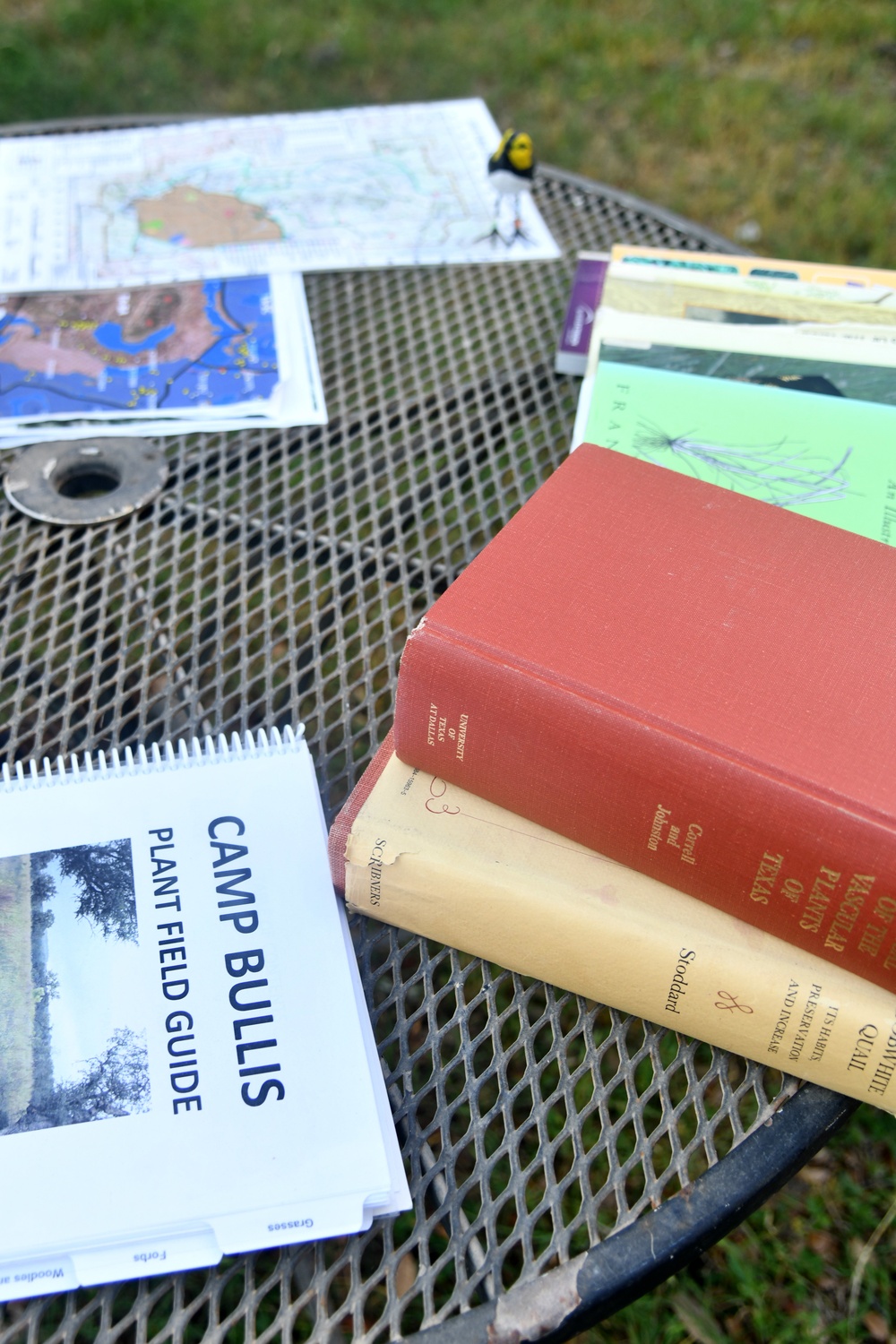
Texas A&M’s Natural Resource Institute has a cooperative agreement with Joint Base San Antonio to help accomplish a variety of tasks for the Natural Resource Office.
The project currently working is upholding U.S. Fish and Wildlife permit requirements for monitoring the endangered and endemic Golden-cheeked Warbler. This bird only breeds in the central Texas hill country due to the abundance of Ashe Juniper, the GCW uses the bark of the mature trees to build its nest.
Every year from March-May, A research Associate from Texas A&M and five seasonal technicians come on to base and located GCWAs. They map the territories, help determine the density of territorial males on base, and show whether or not the monitored territories have successfully reproduced.
This year, the team is deploying song meters created by Wildlife Acoustics. These recording devices pick out all the sounds that are being made around the microphone. A computer program, Kaleidoscope Pro, allows us to break the sounds into statistically similar groups from which we can then isolate the GCWA song (or any other sound of interest).
In this way, we can monitor areas that might not be suitable habitat for the GCWA but that we still want information on without wasting the manpower of wandering around trying to detect the bird. So far it has proved to be an incredibly useful tool to monitor disparate and subpar habitat.
During the season they are also collecting and cataloging balloons. It is one of the most pervasive types of trash encountered at Camp Bullis. In large part, since Camp Bullis is closed to the public, there is very little litter. However, the balloons float in or get washed down the stream and snag in trees. So far for the past three months, they have collected 236 balloons.
May 16, 2022, at Joint Base San Antonio-Camp Bullis, Texas. (U.S. Air Force photo by Cesar Rodriguez)
| Date Taken: | 05.16.2022 |
| Date Posted: | 06.15.2022 15:30 |
| Photo ID: | 7273783 |
| VIRIN: | 220516-F-IT981-001 |
| Resolution: | 4546x6818 |
| Size: | 3.59 MB |
| Location: | US |
| Web Views: | 89 |
| Downloads: | 2 |

This work, Endangered and Endemic Species at Camp Bullis [Image 26 of 26], by Cesar Rodriguez, identified by DVIDS, must comply with the restrictions shown on https://www.dvidshub.net/about/copyright.